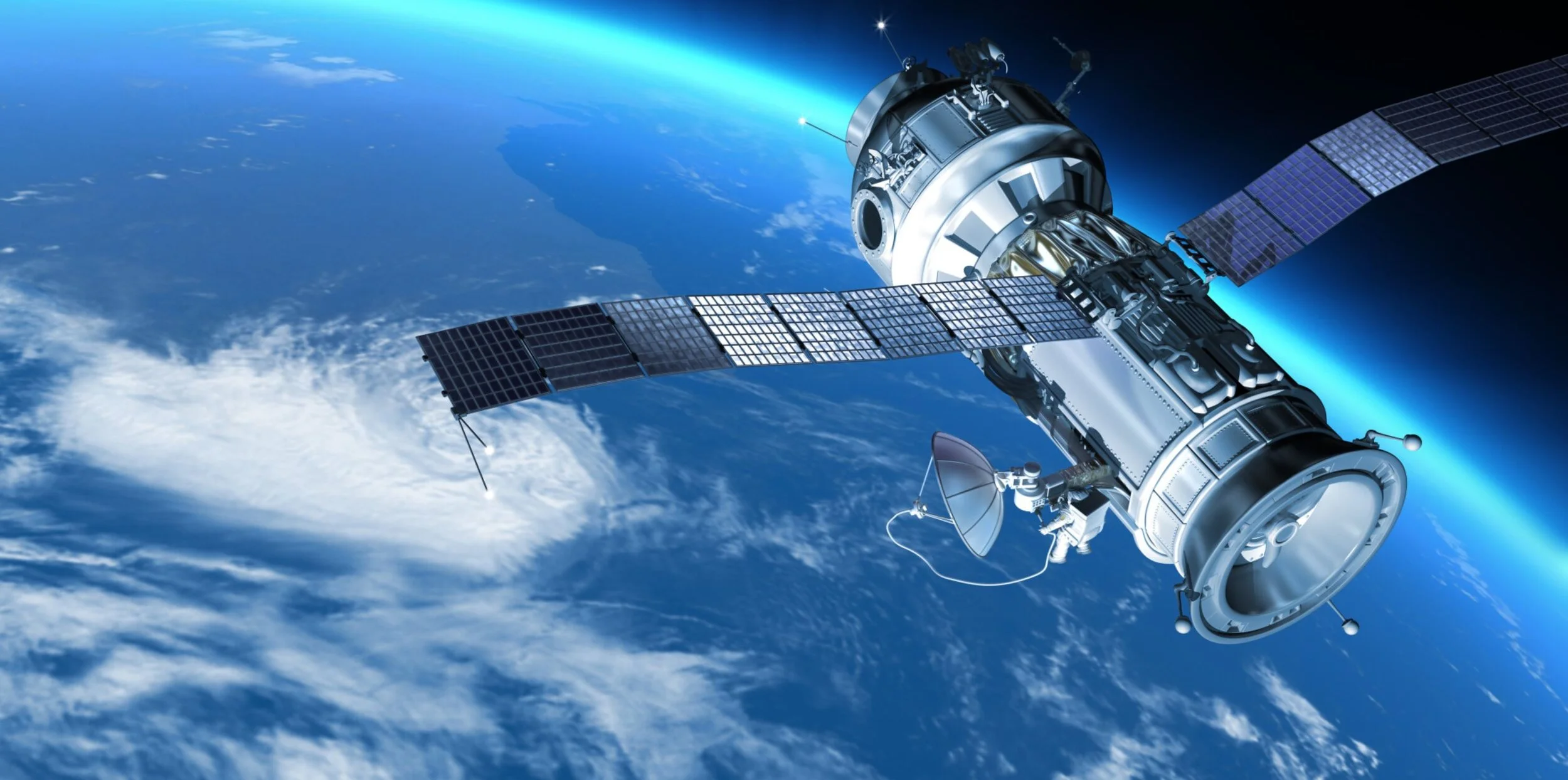Newly-launched Yaogan-31 Satellites Likely to Pose a Threat to Maritime Security
China’s recently launched Yaogan-31 satellite trios are highly likely to gather SIGINIT data on naval movements across the globe. The most recent launch on March 13, 2021 marks the fourth launch in the series of Yaogan-31s beginning in 2018. Despite China's claim that these satellite trios fulfil an environmental survey purpose, they have similar designs and technological capabilities to other satellites used in SIGINT collection.
The China Aerospace Science and Technology Corporation states the Yaogan satellites will be used for “electromagnetic environment surveys and other related technology tests.” [i]
Satellites launched in groups of threes are often used for military purposes. The Yaogan-31 orbit formations are similar to the Naval Ocean Surveillance System (NOSS) used in China’s Jianbing-8 military satellite to collect optical and radio electronic signatures for the purposes of locating and tracking maritime vessels. [ii, iii]
The launch cadence of Yaogan-31 satellites trios has increased to one launch per month, representing a potential escalation in China’s oceanic SIGINT capabilities. The previous generations of Chinese ocean observation satellites, Yaogan-9, -16, -17, -20, and -25, were launched over a four-and-a-half-year period. However, as a result of the increased pace of Yaogan-31 launches, the number of next generation satellites nearly matches that of the older satellites.
Yaogan-31 launches occurred on January 29, February 24, and March 13, 2021. [iv][v]
Yaogan-9, Yaogan-16, Yaogan-17, Yaogan-20, Yaogan-25, and Yaogan-31 occupy the same orbital altitude and inclination (1,100 kilometers at 63.4° inclination) and were all launched via the Long March 4c launch vehicle. The dimensions of all these individual satellites are roughly the same due to a common payload to orbit capability. [iv, v]
China’s Yaogan family of satellites very likely compromises U.S. maritime movements and communications in the Indo-Pacific region. The Yaogan family of satellites positioning in orbit along with their ELINT and optical imaging capabilities gives China nearly constant coverage over the western Pacific region. This ISR coverage could allow China to continuously track the movement of military assets, such as naval vessels and electronic communications, which could undermine the United States and its allies’ strategic position in the region.
The Yaogan-30 constellation of satellites, which specialize in optical reconnaissance, gives China consistent coverage over the western Pacific region with the chance of imaging opportunities at least once every 30 minutes. [vi]
The positioning of Yaogan satellites over Taiwan allows China to observe electronic emissions coming from Taiwan 80 percent of the time. This is expected to improve as more Yaogan satellites come online. [vii]
Yaogan-31 satellites specialize in intercepting radar and communication signals from ships. The triplet groupings of the satellite allow triangulation of these signals and compromises the exact location of the vessel being monitored. [viii]
Sources
[i] Jones, Andrew. “China launches trio of Yaogan-31 ocean reconnaissance satellites”. Space News. 24 February 2021. https://spacenews.com/china-launches-trio-of-yaogan-31-ocean-reconnaissance-satellites/
[ii] Barbosa, Rui C. “China lofts three military Yaogan satellites in Chang Zheng 4C launch”. NASA Space Flight. 12 March 2021. https://www.nasaspaceflight.com/2021/03/yaogan-31-04-launch/
[iii] Ibid
[iv] Krebs, Gunter. “Yaogan 9, 16, 17, 20, 25, 31 (JB-8 1, 2, 3, 4, 5, 6)”. Gunter’s Space Page. 13 March 2021. https://space.skyrocket.de/doc_sdat/yaogan-9.htm
[v] https://www.n2yo.com/satellite/?s=47533. Accessed 18 March 2021
[vi] “China completes the Yaogan-30 constellation.” SatelliteObservation.net. 25 November 2020. https://satelliteobservation.net/2020/11/25/china-completes-the-yaogan-30-constellation/
[vii] Chandrashekar, S. and Ramani, N. “China’s Space Power & Military Strategy – the role of the Yaogan Satellites.”International Strategic & Security Studies Programme (ISSSP). July 2018. http://isssp.in/wp-content/uploads/2018/07/Chinas-Space-Policy_July2018.pdf
[vii] Tate, Andrew. “China Deploys More Surveillance Satellites.” Janes. 15 March 2021. https://www.janes.com/defence-news/news-detail/china-deploys-more-surveillance-satellites






